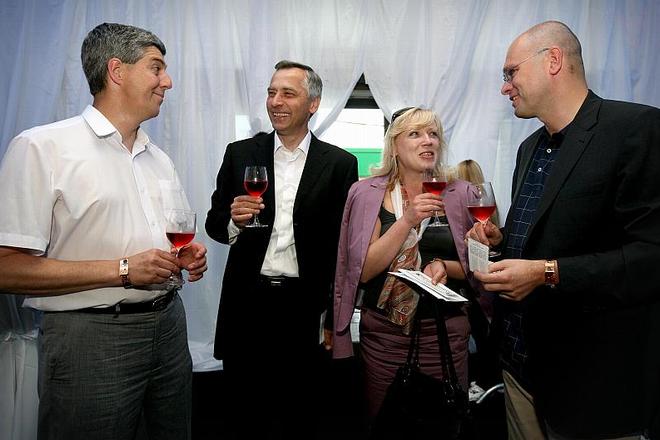JUST before the general election, Prime Minister Robert Fico introduced a new term into the Slovak political vocabulary – zlepenec. The word, which is usually used to describe either a glued-together bunch of hair or a geological conglomerate, was supposed to represent the wild mix in the right-wing bloc of the liberal SaS, conservative KDH, liberal-conservative SDKÚ, and Slovak-Hungarian Most-Híd. And in an unexpected turn of events, the zlepenec will now rule the country. What were the key factors of the election that brought it to power?
Firstly, it was the failure of the HZDS and the SNS. Polls showed that Vladimír Mečiar’s party would have problems reaching the 5-percent mark required to get into parliament. However, previous elections showed that the party always performs better than surveys indicate. This time, they did even worse. It’s not that people who like a strong leader with authoritarian tendencies are disappearing. They are just moving to Smer, as are the nationalist voters of the SNS, which was a bit luckier and just made it into parliament, but also suffered a terrible blow. Both parties are victims of Fico’s strategy of absorbing HZDS and SNS fans, which worked well. In fact, it worked too well – the collapse of the HZDS has left Smer without a partner to form a coalition with.
The second decisive factor was the success of Most-Híd and SaS. SaS placed strongly in recent polls, but even party members privately admitted that they expected much lower results and their main hope was just to get into parliament. Now they have the chance to become the second-strongest ruling party. Despite having a short history, Most-Híd was able to win its fight for the Hungarian vote with the SMK, and attract enough Slovak votes, to do almost as well as the long-established Christian Democrats. The loss of Most-Híd votes was one of the main threats to a right-wing coalition, but in the end it surpassed the predictions of even the most optimistic surveys.
The likely new coalition is no more of a zlepenec than the outgoing one, which included the socialist/populist Smer, the nationalist SNS, and the HZDS, whose only ideology was that Mečiar is always right. However, the lack of a clear leading party within the bloc, the lack of a clear leader within the SDKÚ, the fact that SaS and Most-Híd are completely untested, and the enormous challenges that lie ahead, all make political turbulence likely. Let’s hope for the sake of the country that the glue holding it together is strong enough.


 (l-r) Centre-right leaders Béla Bugár, Ján Figeľ, Iveta Radičová and Richard Sulík. (source: Sme - T. Benedikovič)
(l-r) Centre-right leaders Béla Bugár, Ján Figeľ, Iveta Radičová and Richard Sulík. (source: Sme - T. Benedikovič)